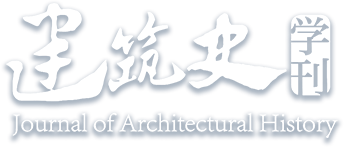Abstract:
This paper proposes three approaches Socialist Realism(S.R.) in the Soviet Union step by step: 1) S.R. as an architectural style and substantial physical representation; 2) S.R. as a design method and architectural theory; and 3) S.R. as an ideological system consisting of social mobilization, managerial system and leadership method, etc. The first part reviews the misunderstanding history of S.R. in the current academic context, and delineates the development of S.R. in the Soviet since the 1930s up to the 1980s. The next three parts focuses on each approach to understanding the relation to and deviances from Modernism, to summarize several characteristics of S.R. both as an artistic style and a design method, and explicate the applicability of S.R. as a design method and theory on various scales from individual buildings to town planning. In the end, it examines the contribution of S.R. to a unique path deviate from the Western modernization in the Soviet Union, which offers references to the study on modern Chinese architectural history since 1949.


 下载:
下载: